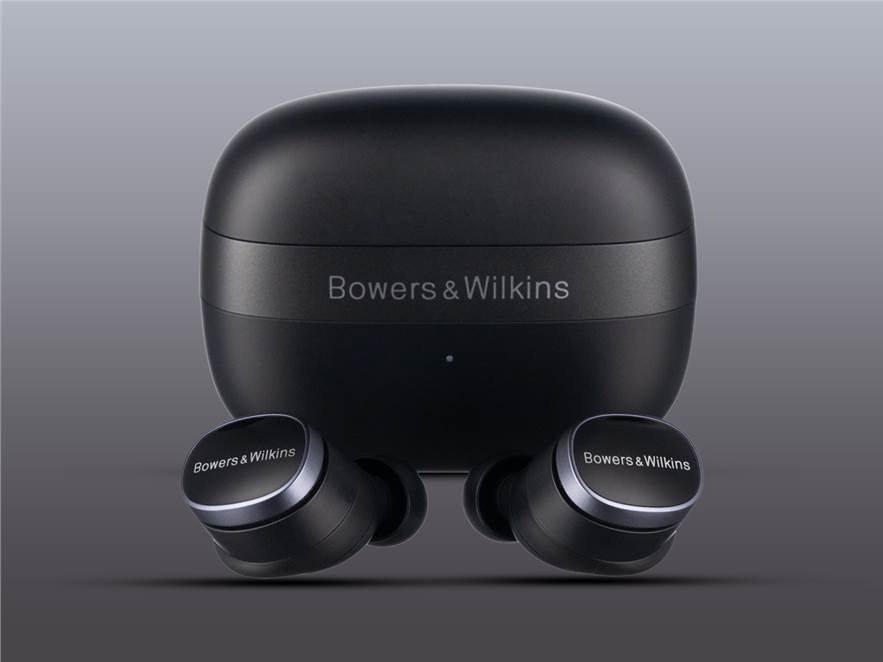How do you know this is a serious effort by a serious audio company? The Pi8 from Bowers & Wilkins doesn’t offer any superfluous garnishing on top of its sonic signature besides a basic 5-band EQ. After a few missteps in the highly competitive TWS world, the British audio specialist is back and is adamant to claim the top spot. Of the four-strong range, these flagships are beyond the price realm of most of its obvious competitors, so they do have a thing or two to prove. Can they?

.jpg&w=35&h=35&c=1)







